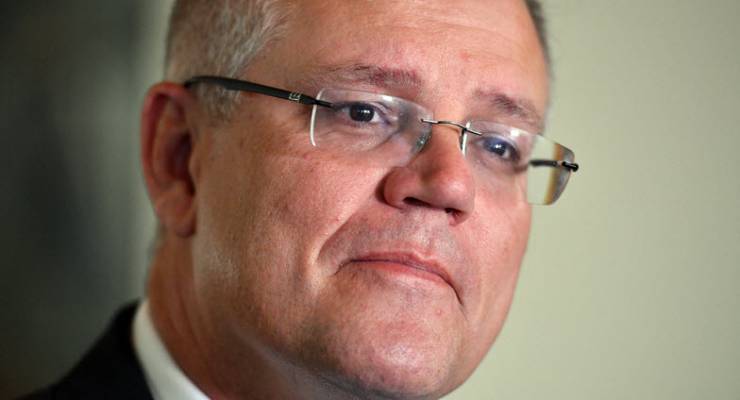
Barring a nuclear disaster on the Korean peninsula in the next 23 days, Australian September quarter economic growth will surge close to 3% annual growth in the September quarter, a sharp jump from the 1.9% reported yesterday for 2016-17. How do we know? Well, there will be continuing strong support from exports with a rise in the terms of trade (higher commodity pries led by iron ore, copper, lead, gold and zinc), a continuation of moderate dwelling investment, the slow pick up in non-mining investment, bolstered by a return of mining spending, solid car sales and continuing consumer spending.
But besides all that — it’s straight maths: the dropping out of the 0.4% GDP contraction from the September 2016 quarter and its substitution with whatever the GDP number is for the current quarter (to be revealed in early December). With growth of 1.1% in the December quarter, 0.3% in the March period and 0.8% in the three months to June, we already have 2.2% of growth locked away in those nine months. A repeat of the 0.8% of the June quarter would push growth to 3%. And in an economy with a supposedly onerous 30% company tax rate and a supposedly inflexible industrial relations system.
Three per cent growth of course will prompt a chorus of “rate rise looms” from the monetary hawks. It’s swings and roundabouts, though — when the December quarter GDP figures are reported next March, the December 2016’s big 1.1% jump will drop out of the figures, and growth will slide, giving the doomsayers the chance to respond.
The important question is how long can the current growth pattern last without a sharp rise in wages. Our terms of trade fell sharply in the quarter — by 6% after a revised 5.6% growth in the three months to March (originally reported as 6.6%). The ABS said that impacted real net disposable income growth, which fell in seasonally adjusted terms by 1.0%. That means consumers and governments did more of the work of supporting growth. Consumers pushed the savings rate down to 4.6%, from a reworked 5.3% rate in the March quarter (originally 4.7%). That is the lowest level since the September quarter of 2008, and if that persists will be the next data point for the central bank and economists to fret over. Those of us old enough to remember will recall from the 1980s when Australians were hectored for not saving enough. Not such an issue when we now have a $2 trillion-plus national savings pool, but the level of household debt is something that keeps central bankers awake at night.







While real Australian per capita wages fell 2.4% in the last year, the exception is the ACT. In Canberra per capita wages actually rose by 10.3$
The wage rise conundrum is a great example of the canyon that exists between economic theory and reality. None of the boffins has the slightest clue. The departure from productivity is a worry in one sense, but the measures for productivity make the unemployment data gathering process look robust.
Stop allowing companies to import workers at dirt cheap rates might be a good start. At least that will allow the supply and demand theory to work. When supply is unlimited due to open boarders for workers policy, then supposedly natural economic theory has no chance.
Good luck boffins. I look forward to your next comical theory on this one.
Has Dick Smith suggested to the lumpen that their stagnant wages/conditions might be related to being undercut by endless immigration & visa rorting?
Or is he sticking to the “high ground”?